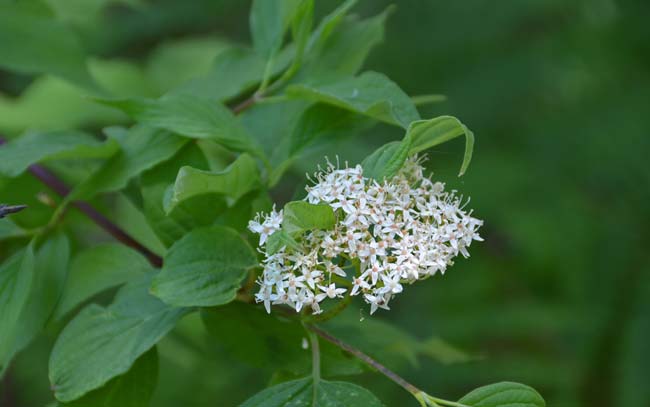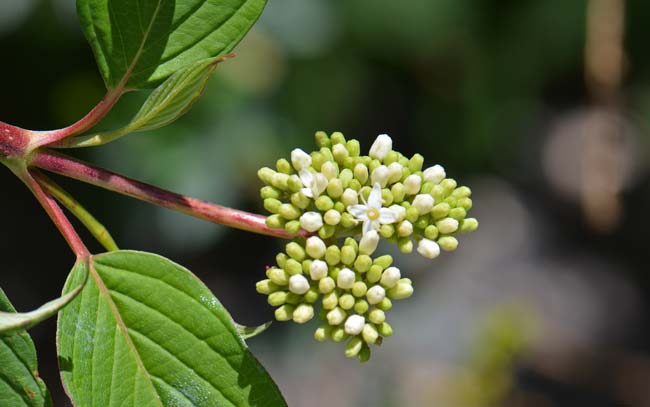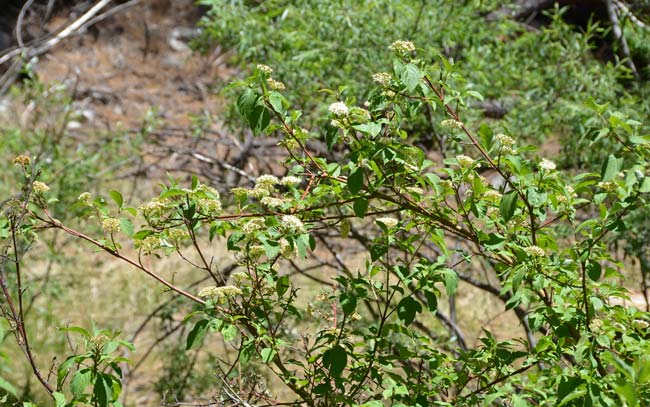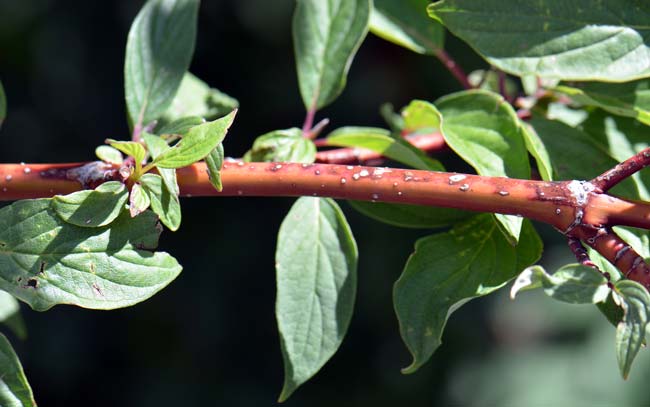Cornus sericea, Red-osier Dogwood




Scientific Name: Cornus sericea
Common Name: Red-osier Dogwood
Also Called: American Dogwood, Creek Dogwood, Red Willow, Redosier, Redosier Dogwood, Redstem Dogwood, Redtwig Dogwood, Red-rood, Red-twig Dogwood, Siberian Dogwood, Tatarian Dogwood, Western Dogwood
Family: Cornaceae, Dogwood Family
Synonyms: (Cornus alba, Cornus alba ssp. stolonifera, Cornus alba var. baileyi, Cornus alba var. interior, Cornus alba var. sibirica, Cornus baileyi, Cornus instolonea, Cornus interior, Cornus sericea ssp. stolonifera, Cornus sericea var. interior, Cornus stolonifera, Cornus stolonifera var. baileyi, Cornus stolonifera var. coloradensis, Cornus stolonifera var. interior, Cornus stolonifera var. stolonifera, Swida instolonea, Swida sericea, Swida stolonifera)
Status: Native.
Duration: Perennial
Size: Up to 12 feet or more, usually smaller in Arizona.
Growth Form: Tree or shrub; underground spreading roots (stolons), upright, multiple branches red or reddish or purple; older stems generally glabrous.
Leaves: Green; deciduous, up to 4 inches or more inches long and about 2 inches wide, leaves whorled, opposite, shape variable; lanceolate, ovate, oblong, margins entire, leaves are dark green above and lighter or glaucous under leaf, leaves with noticeable veins originating from center.
Flower Color: White, dull white or cream; flowers in large clusters (cyme), individual flowers small, 4 petals, sepals fused at base.
Flowering Season: May to July.
Elevation: 5,000 to 9,000 feet.
Habitat Preferences: Wooded or open areas along running streams, damp areas, riparian communities often with willows and alders.
Recorded Range: Cornus sericea is found throughout the United States including Alaska, and also in Canada:
USA in AK, AZ, CA, CO, CT, DE, IA, ID, IL, IN, KY, MA, MD, ME, MI, MN, MT, ND, NE, NH, NJ, NM, NV, NY, OH, OR, PA, RI, SD, UT, VA, VT, WA, WI, WV and WY;
Canada in AB, BC, MB, NB, NS, PE, QC and SK.
North America & US County Distribution Map for Cornus sericea.
U.S. Weed Information: No information available.
Invasive/Noxious Weed Information: No information available.
Wetland Indicator: No information available.
Threatened/Endangered Information: No information available.
Cornus sericea ssp. occidentalis, Western Dogwood, (CA, ID, MT, NV, OR, WA and WY); and
Cornus sericea ssp. sericea, Redosier Dogwood ((AZ) & Recorded Range above).
Comments: Red-osier Dogwood is a high elevation, high water use species found in Arizona’s Sonoran Desert Sky Islands and other riparian areas above 5,000 feet. Cornus sericea is definitely not a desert species. The variety found in Arizona is Cornus sericea var. sericea the species more widespread across the United States and Canada. Sericea is Latin for “silky” which is a reference to the silk texture of the leaves. It readily spreads along creeks through underground stolons and forms thickets along the creek and in riparian areas.
Red-osier has been used as a cold remedy and cough medicine by Native Americans. See ethno-botanical uses at Native American Ethnobotany, University of Michigan, Dearborn.
